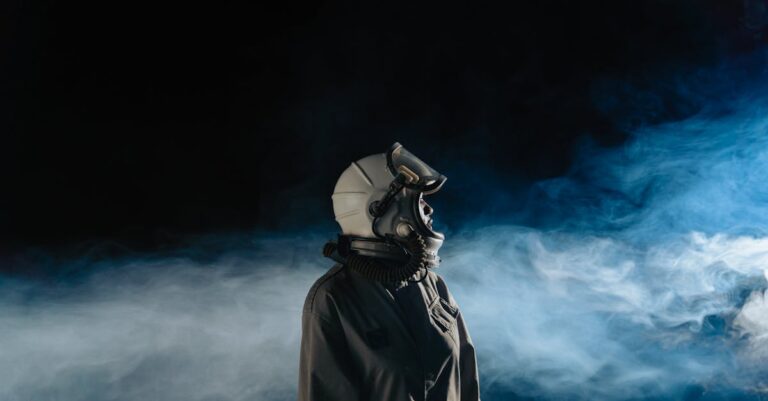
Dr. Elara Voss’s fingers trembled as she adjusted the neural interface, the cold metal of the headset biting into her temples. The lab hummed with the low growl of machinery, a sound so familiar it had become invisible, like the scent of antiseptic that clung to her scrubs. She’d spent years refining the protocol, but tonight’s test felt different. The data stream flickered on the screen—irregular pulses, jagged waves that didn’t match any known pattern. She leaned forward, eyes locked on the monitor, and then it happened.
A memory. Not her own.
She was in a car, the engine snarling, tires screeching. A child’s voice screamed. The world tilted, and then—darkness. Elara gasped, yanking off the headset. Her pulse roared in her ears, a drumbeat of panic. She stared at the machine, her breath coming in short, shallow bursts. This wasn’t possible. The interface was designed to map neural activity, not implant memories. And yet, the details were too vivid—too real.
The next morning, she returned to the lab, determined to trace the anomaly. The data had been wiped, but she found a backup in the system’s hidden directory. Files labeled with cryptic codes: Project Aegis, Protocol Theta. She decrypted one, and the screen filled with a video feed. A man in a lab coat, his face blurred, speaking in a voice that crackled with static.
“The mind is not a fortress,” he said. “It is a bridge. And we are the architects.” The footage cut to a room where patients lay strapped to chairs, electrodes snaking across their scalps. Their eyes were wide, unfocused, as if they’d been stripped of something essential. Elara’s stomach twisted. This wasn’t research. It was control.
She dug deeper, uncovering reports of vanished volunteers, of brainwave synchronization experiments gone awry. The project wasn’t just merging consciousness—it was erasing individuality. The memories she’d experienced weren’t random; they were fragments of others, siphoned and stored. Her own thoughts began to fray, edges blurring. She caught herself staring at her reflection in the lab window, unsure if the face staring back was hers.
One night, she received an anonymous message: “They’re watching. Stop now.” The sender’s IP was masked, but the urgency in the words sent a chill through her. She considered going to the authorities, but the thought of being dismissed as a mad scientist stopped her. Instead, she began documenting everything, hiding files in encrypted drives, preparing for the moment when the truth would no longer be hers to keep.
The project’s leaders found her first. They came in the dead of night, their faces obscured by masks, their voices smooth and cold. “You’ve seen too much,” one said. Elara backed away, heart hammering. She’d anticipated this, but the reality was colder than she’d imagined. They didn’t threaten her—they offered her a choice. Join them, or disappear like the others.
She chose neither. In a burst of adrenaline, she activated the lab’s emergency protocols, triggering a lockdown. The doors sealed with a metallic clang, and the lights flickered as systems overloaded. She ran, dodging the agents as she headed for the server room. The files were there, but so was a final message: “The bridge is already built.” A single phrase, but it sent a shiver through her. They’d already done it. The minds were connected, and she was just another node in the network.
In the end, she didn’t choose survival. She chose exposure. She uploaded the files to the public domain, knowing it would mean her end. As the servers went dark, she closed her eyes and let the memories wash over her—other lives, other struggles, all woven into a tapestry she could no longer untangle. The last thing she heard was the hum of the machine, a sound that now felt like a lullaby, pulling her into the vast, unknowable sea of shared thought.


